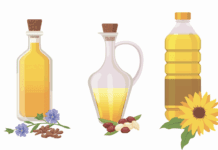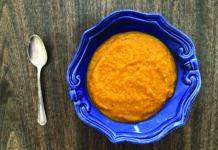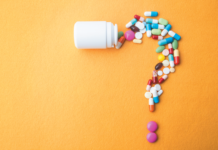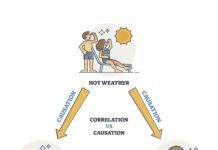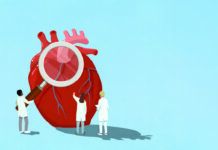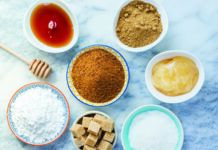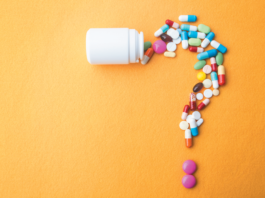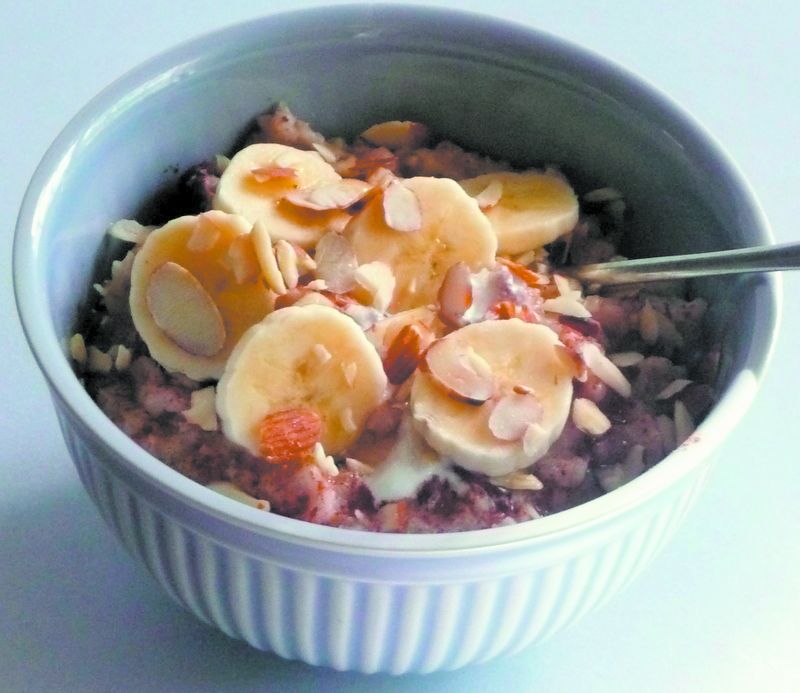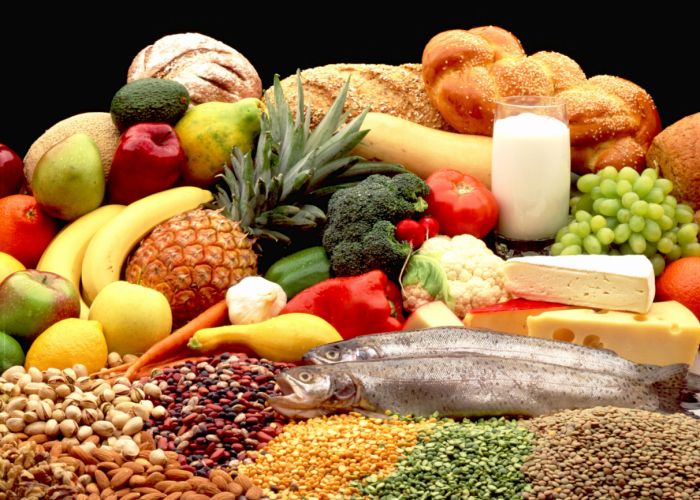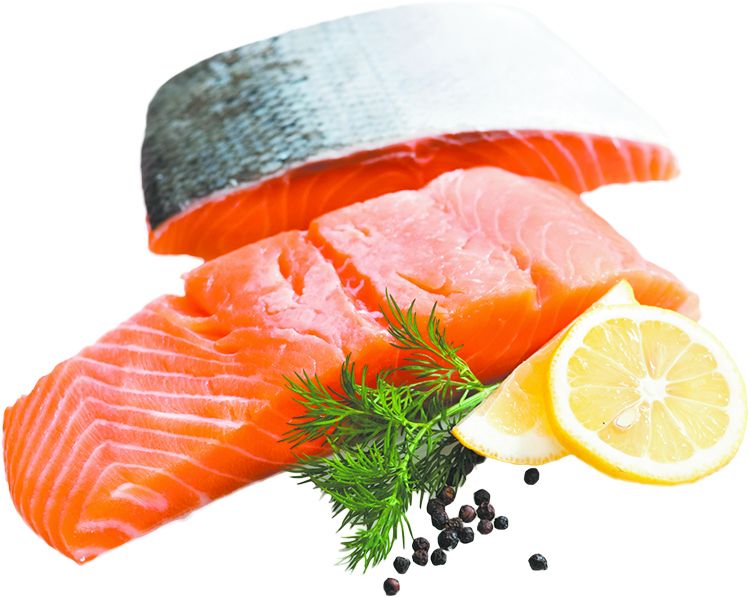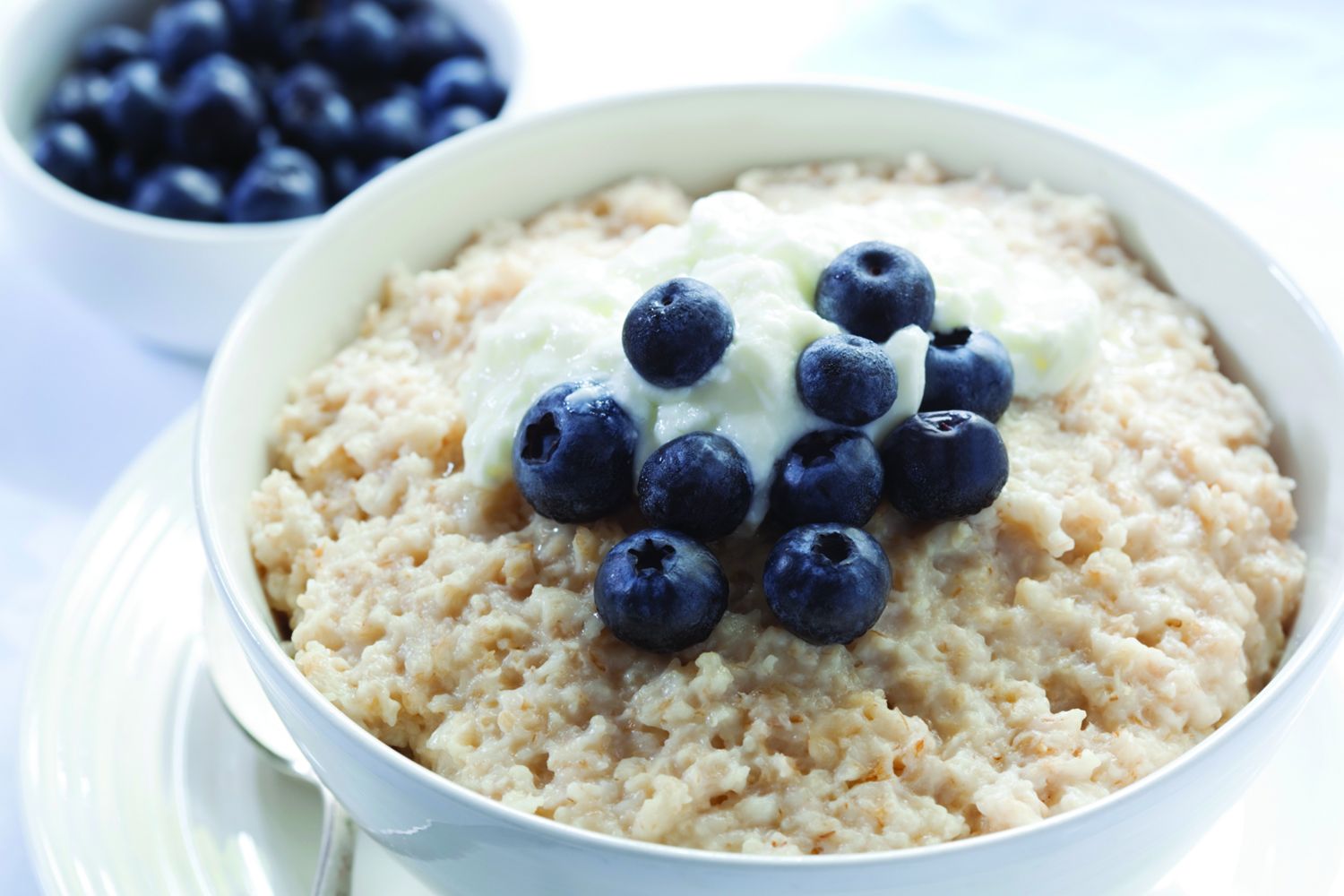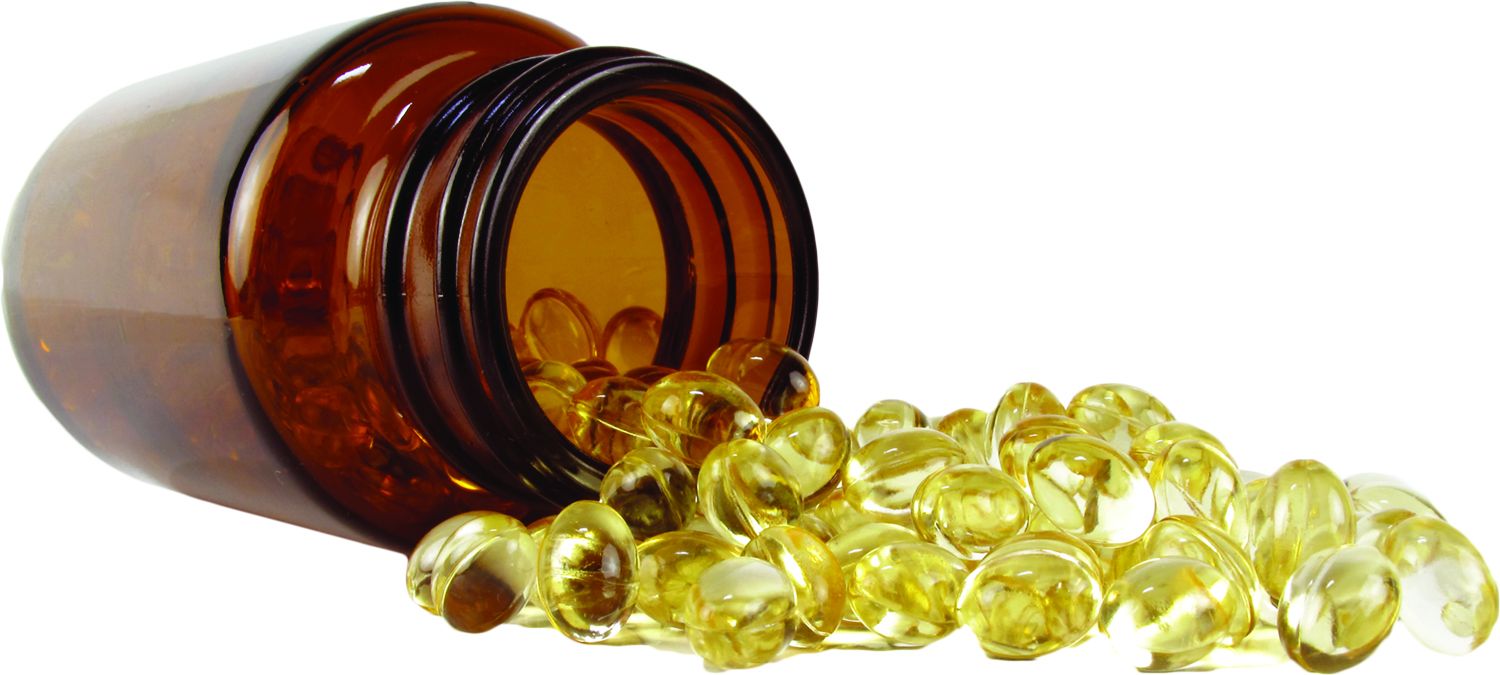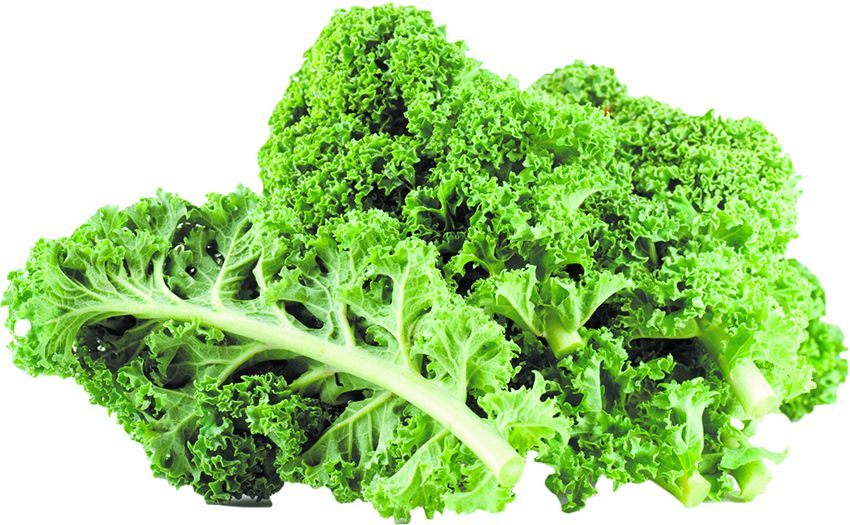Get Your Day Off to a Healthy Start with Hot Cereal
Nothing starts a cold winter day better than a steaming bowl of hot cereal. Besides warming and filling you up, hot cereal gives you plenty of reasons to feel good about what youre eating. Its packed with fiber, protein, vitamins and minerals, and pouring low-fat or fat-free milk over your cereal adds still more protein, calcium and vitamin D. If you also top your bowl with fruit instead of a glob of sugar, youre off…
Blueberries Found to Boost Blood-Vessel Function
A pair of randomized, controlled trials-considered the gold standard for scientific research-have linked eating blueberries to improved blood-vessel function. Jeremy Spencer, PhD, of the University of Reading in England, and colleagues reported in the American Journal of Clinical Nutrition: Our data suggest that consumption of blueberries at dietary intakes may have public health relevance in maintaining circulatory function.
Eat Right for a Strong Immune System
As the mercury drops, cold and flu outbreaks soar. Its tempting to believe the marketing claims that this pill or that herbal remedy can protect you, but the science says theres simply no magic bullet to boost your immune system. Eating a healthy diet, however, is even more important during cold and flu season. Experts may not fully understand how specific nutrients aid the immune system, and tests of individual vitamins and minerals against colds…
Q: More and more, I am reading that wheat really is not so healthy...
Answer : A Nicola McKeown, PhD, director of Tufts Nutritional Epidemiology Program, responds: There is a great deal of testimonial evidence on whats known in the vernacular as wheat belly, but there is a lack of scientific evidence to support the claims...
People Who Eat More Fish Live Longer
Getting more fish into your diet has never been easier-and the payoff in better health and longevity has never been clearer.
Hungry Shoppers Buy More Calories
That advice never to go grocery shopping when youre hungry is worth heeding, according to a new Cornell University
Dietary Fiber Has Benefits Beyond Regularity
If youre among the estimated 80% of Americans who dont get the recommended daily amount of dietary fiber, youre missing out on an array of health benefits-many of which arent directly connected to fibers well-known boost to regularity.
Be Aware and Beware of What the Label Says
With questions raised about calorie counts, vitamins and fish, it pays to shop smart.
Try Kale for Vitamin K and Cancer Protection
Kale may well be the it vegetable of the moment, celebrated in everything from cooking magazines to health websites. But unlike some food fads, this nutritious leafy green deserves the attention its suddenly getting.
Update for Dietary Guidelines Underway
Two Tufts experts will be among the 15 scientists working to update the federal



